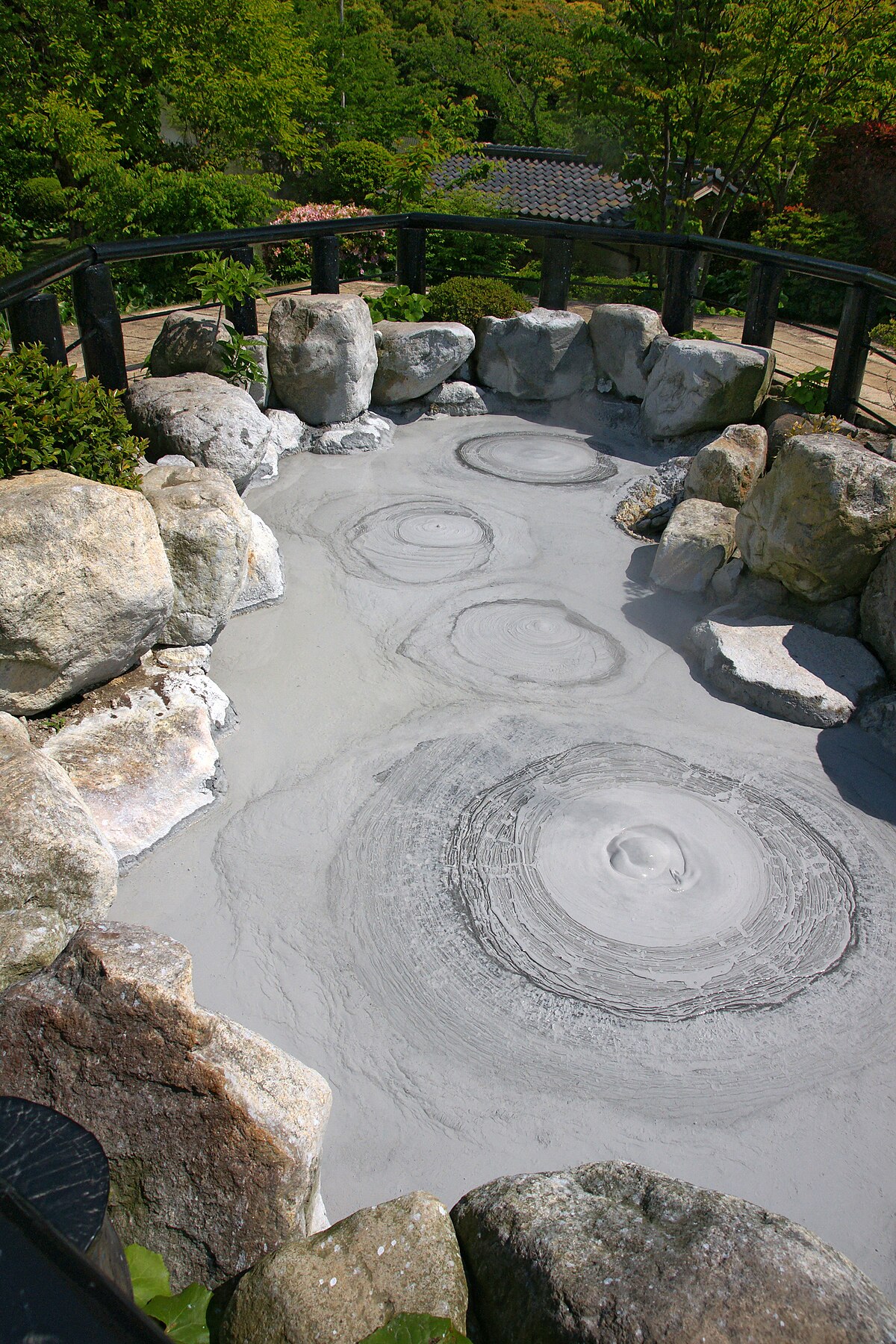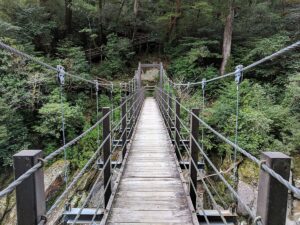Overview (history, characteristics, attractions)
The Beppu Hell Tour (Beppu City, Oita Prefecture) is a representative tourist attraction in the Beppu hot spring resort area, a sightseeing course that takes you around a group of hot spring baths known as "Hells," where steam and boiling water gush forth. Developed as a tourist attraction during the Meiji and Taisho periods, it has since attracted many visitors from both Japan and abroad. Each hell has a different temperature, chemical composition, color, and scenery, and is captivating with its diverse expressions created by the power of nature, such as the tranquil blue "Sea Hell," the red-hot "Blood Pond Hell," the bubbling mud "Onishibozu Hell," and the geyser "Tatsumaki Hell." In addition to sightseeing, it's also popular for its geothermal steamed cuisine (Hell Steaming) and its opportunity to experience hot spring culture up close.
Highlights
- Sea Hell: A large pond filled with cobalt blue hot water. There is also a well-maintained garden, foot baths, hot spring eggs, and a souvenir corner.
- Pond of Blood Hell: The water is characterized by its red color due to iron and oxidation. There are also exhibits related to old tales and legends.
- Oniishi Bozu Hell:A unique sight of clayey mud bubbling and boiling, forming bubbles that resemble shaved heads.
- Tornado Hell: A natural geyser that erupts every few minutes to an hour. The spectacular sight of it erupting is a highlight of the tour.
- Demon Mountain Hell: A unique hell where crocodiles are kept in an environment heated by hot water and where you can see them.
- Kamado Hell, White Pond Hell, etc.There are also places where you can enjoy exhibits that use steam, the scenery of hot spring steam, and the experience of steaming with heat (hell steaming).
- Each hell has its own garden, exhibits, souvenir shops, and restaurants (such as hell steamed dishes), and there are many photogenic spots.
Access (nearest station, transportation, etc.)
- Nearest station: JR Nippo Main Line, Beppu Station (Beppu city center). From Beppu Station, take a bus or taxi.
- bus: Take the Kamenoi Bus (routed bus) from Beppu Station to the "Hell Tour" area (bound for Kannawa, Myoban, etc.). There are also sightseeing buses and shuttles that run along the Beppu Hell Tour route.
- taxi: From Beppu Station to each hell is a 15-25 minute taxi ride (depending on traffic conditions). This is convenient for groups who want to travel efficiently.
- Cars and parkingEach hell has both paid and free parking. It's about a 15-25 minute drive from Beppu IC. Parking information is available at the entrances to each area.
- Walking: There are several hell groups clustered around Kannawa Onsen and Myoban Onsen, so you can walk between nearby hells.
- We recommend checking the latest timetables, routes, and fares on local official websites and tourist guides.
Estimated stay (estimated time required)
- If you want to see several of the main hells individually: 1-2 hours (if you want to go around quickly).
- If you want to visit all the major hells (6-8), it will take 2-3 hours (including travel, sightseeing, and photography).
- If you want to tour the hells, enjoy a meal with hell steaming, and bathe in the surrounding hot springs, it will take half a day (3-5 hours).
- If you want to take your time sightseeing and include the hot spring towns and restaurants in the area, we recommend a full day (6 hours or more).
Nearby spots
- Kannawa hot spring town: A charming hot spring town with steam rising from the hot springs. There are public baths, foot baths, and souvenir shops.
- Myoban Hot Springs: Famous for its hot spring mineral deposits. You can enjoy the open-air bath and medicinal mud bath experience.
- Hell Steaming Workshop Kannawa: A facility where you can experience and purchase steamed food using geothermal energy.
- Takegawara Onsen: A historic public bath in Beppu. On some days you can also experience a sand bath.
- Beppu Tower and Takegawara Koji area: There are plenty of restaurants, souvenir shops, and places to walk around the city.
- Nearby tourist attractions: You can also combine this trip with a trip to Takasakiyama Natural Zoo (monkeys), Umitamago (aquarium), or Yufuin.
Things to be aware of (crowds, manners, seasonal precautions, etc.)
- Be careful of high temperatures:Hell's hot springs are extremely hot. Please be sure to observe the restricted areas and fences, and do not touch or enter the water. Do not take your eyes off children.
- odor: There are some areas with a strong sulfur smell (hot spring smell). If you are sensitive to sulfur, it may be more comfortable to bring a mask or handkerchief.
- congestion: It tends to get crowded during Golden Week, summer vacation, the New Year's holiday, and weekends. During peak times, you may have to wait to enter or find a parking space, so we recommend leaving early.
- Check opening hours and pricesEach hell has different opening hours and closing days. Admission fees are set for each location, and some hells sell combined tickets. Please check the official information in advance.
- Clothing and ease of walking: Please wear comfortable shoes as there are some slippery areas and stairs. In cold seasons, the steam and cold air can make the temperature feel lower.
- Photography, drones, etc.: Photography is permitted, but please do not enter restricted areas or areas behind safety fences. Drones are generally prohibited or restricted, so please check in advance.
- Hell with animals(For example, the crocodiles at Oniyama Jigoku) Feeding and interacting with the animals is prohibited in many areas, so please follow the instructions when visiting.
Final Thoughts: The Beppu Hell Tour is a valuable tourist experience that allows you to enjoy a variety of hot spring landscapes in a short amount of time, and experience the local hot spring culture and geothermal energy. Please enjoy the tour safely, taking into consideration the time, transportation, and your physical condition (the smell of sulfur can affect some people's health). For the latest information, please check the official websites of the Beppu City Tourism Association and each facility.



